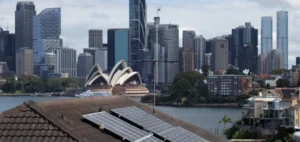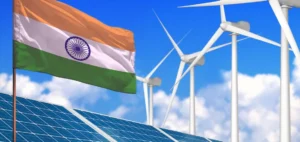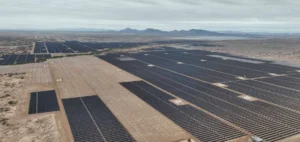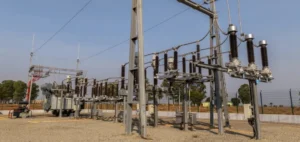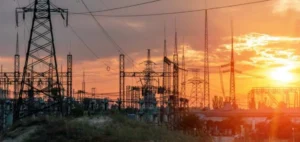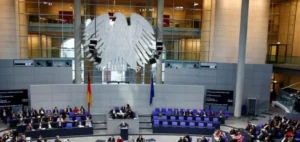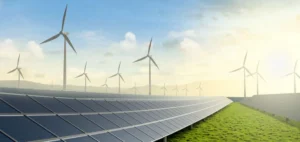According to GME, the Italian market operator, renewable energy production reached 9.2 TWh in March, marking an increase of 29% on the previous year. This brings the share of renewables to 52% of total domestic supply, up from 37% the previous year. This increase was driven in particular by a decree at the end of November 2023, aimed at stimulating the development of renewable energies, as well as by a 5.7 billion plan validated by the European Commission.
Reduced domestic production and increased imports
Domestic energy production fell by 8% to 17.6 TWh. At the same time, energy imports from Switzerland rose by 69% year-on-year, with higher volumes also coming from Greece, Austria and Montenegro.
Changes in consumption and self-consumption
Italian self-consumption, particularly in industries such as ceramics, rose by 5% to a record 2.8 TWh in March. An early start to the Easter vacations also contributed to lower domestic demand.
Gas and electricity price indices
Firm gas prices influenced the PUN index, which rose by 1.24 EUR/MWh to an average of 88.86 EUR/MWh. GME’s IG gas index also rose, from 27.72 EUR/MWh in February to 28.92 EUR/MWh in March.
Gas demand and guarantees of origin
Gas demand in Italy continued to fall, reaching its lowest level in over 15 years at 59.9 TWh. Gas imports via pipeline amounted to 47 TWh, and imports via LNG terminals to 13 TWh. The market for guarantees of origin saw prices rise by 82%, with volumes tripling to 29.2 TWh.
The rise of renewable energy in Italy is redefining the energy landscape, influencing not only consumption practices but also international trade relations and energy policies.


